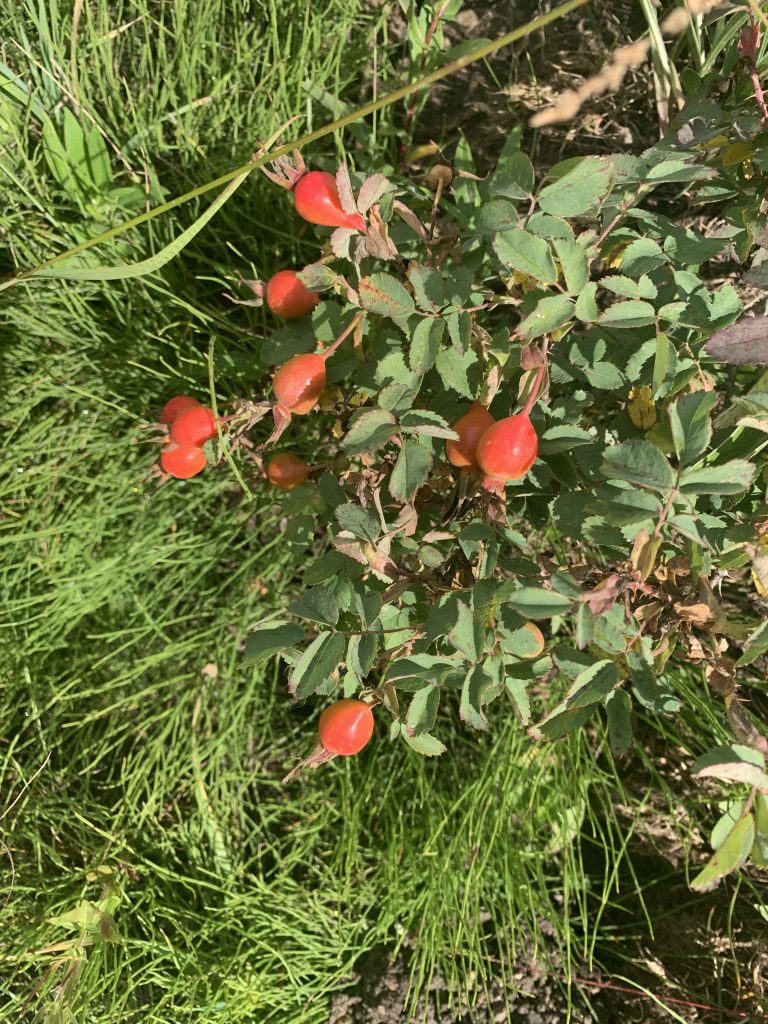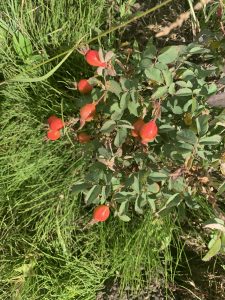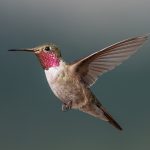Get Wild: Berry season is now
Get Wild

Karn Stiegelmeier/Courtesy photo
Many of us wildflower fans have said this summer has been the best wildflower season ever seen. The early season rains followed by very sunny and extra-warm temperatures resulted in remarkably tall and prolific flowers. This time of year, the seeds are spreading, and the plants relying on berries to spread the seeds are colorful and eye-catching to attract the attention of wildlife that will consume the berries and spread the seeds in new locations.
Oh, yes, we humans also see these berries and wonder if they are edible or poisonous. Because a berry is known to be edible in one place doesn’t mean it is always edible. Elderberry syrup, pies and wine are known in other parts of the country. The Colorado variety is bitter — often a clue that it is toxic — and is known to contain cyanogenic glycosides causing cyanide poisoning.
Our native wildlife naturally know which berries and plants are good to eat and which ones are toxic. Our domestic animals, horses, cattle and dogs do not have that natural instinct and can be easily poisoned. Similarly, the native Utes, who lived here for thousands of years, knew which plants were good to harvest, and which were poisonous. If you want to taste our wild berries, be sure to research facts carefully before tasting a berry. If it does taste bitter, spit it out. Bitter is usually a clue that it is toxic.
A couple of spectacular berries this year include the baneberry, Actaea rubra, and twisted stalk lilly, Streptopus amplexifolius, both found in wet locations. These bright red berries are beautiful to admire, but can be deadly poisonous.
The rose family includes many well-known berries. Our wild strawberries grow throughout Summit County and bloom and then ripen throughout the summer season. They are small, but most will say they are more delicious than bigger, grocery-store strawberries. Most of our native berries are not ripe until this time of year. The serviceberry, raspberry and rosehips are common rose-family berries, ripe and ready now. Our common, native rose bush has very beautiful flowers. The genus Rosa has many species found in North America, Asia and Europe. They have been cultivated for gardens to be larger flowers and many colors of roses. Our native rose bush grows prolifically, especially in lower elevations, and is showing off the bright red berry now. The berry or seed pod is known as a “hip”. The rosehip is known for its vitamin C. It is very seedy and not very pleasant to eat, but makes a tasty tea or can be cooked up with enough sugar for delicious jam. Our wild red raspberry, Rubus idaeus, is delicious when ripe. The lower-elevation Boulder raspberry, Rubus deliciosus, with purple fruit is ironically known for not being so delicious. Serviceberry, Amalanchier alnifolia, a very common shrub in the rose family with purple berries in Summit County, is a favorite for many birds and other wildlife, and is known for its edibility. Native Americans used the plant for food, medicine and tools.
Black bears know which berries to eat, and are heading into hyperphagia, the gorging, excessive eating behavior that allows them to fatten up for hibernation. Be sure to keep your garbage locked away from bears. They may be eating non-stop, increasing their body weight by about 30%. They enjoy our berries for the calories and nutrition. Berries are an important food for them and other wildlife. Be sure to take only a few and leave berries for our wildlife.
Enjoy this berry, berry nice end to summer.
“Get Wild” publishes weekly in the Summit Daily News. Karn Stiegelmeier is a volunteer wilderness ranger and board member of Eagle Summit Wilderness Alliance.


Support Local Journalism

Support Local Journalism
As a Summit Daily News reader, you make our work possible.
Summit Daily is embarking on a multiyear project to digitize its archives going back to 1989 and make them available to the public in partnership with the Colorado Historic Newspapers Collection. The full project is expected to cost about $165,000. All donations made in 2023 will go directly toward this project.
Every contribution, no matter the size, will make a difference.









